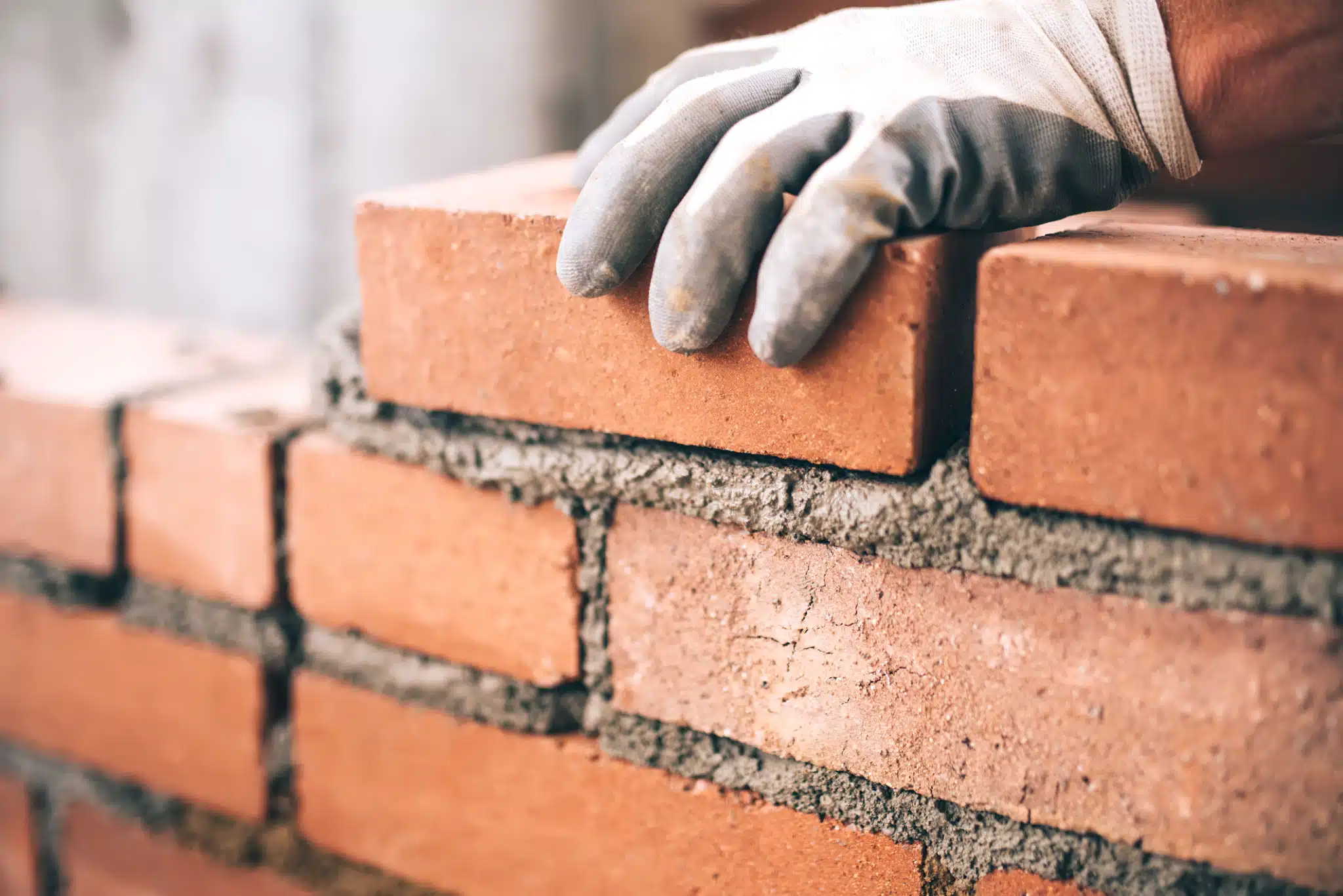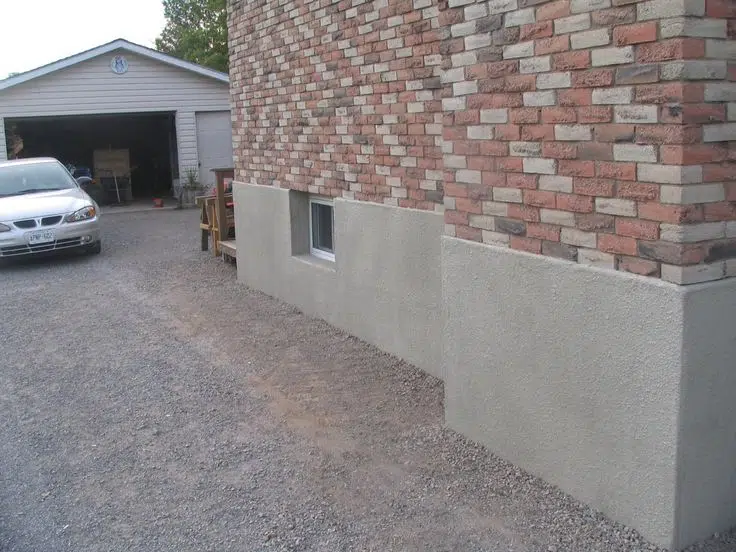Brantford, Ontario, has a rich history deeply intertwined with the art and science of brick manufacturing. From humble beginnings in the 19th century to the cutting-edge techniques of today, the evolution of brick production in this city tells a fascinating story of innovation, craftsmanship, and architectural beauty. In this comprehensive exploration, we’ll trace the development of brick-making methods in Brantford, highlighting the technological advancements that have shaped both the industry and the city’s skyline.
Early Brick-Making Methods in Brantford
In the early 19th century, Brantford’s brick-making industry was born out of necessity and opportunity. The city’s abundant clay deposits provided the perfect raw material for brick production, and as the population grew, so did the demand for durable building materials.
Hand-Molded Bricks: The Foundation of an Industry
The earliest brick-making techniques in Brantford were labor-intensive and time-consuming. Brickmakers would:
- Extract clay from local deposits
- Mix the clay with water to create a moldable consistency
- Press the clay mixture into wooden molds by hand
- Remove excess clay and smooth the surface
- Allow the molded bricks to dry in the sun
- Fire the dried bricks in temporary kilns
This process, while effective, was limited in scale and produced bricks of varying quality. However, it laid the groundwork for Brantford’s burgeoning brick industry and set the stage for future innovations.
The Introduction of Brick Presses
As demand for bricks increased in the mid-19th century, local manufacturers began adopting mechanical brick presses. These early machines, often powered by horses or steam engines, could produce bricks more quickly and uniformly than hand-molding methods. This advancement allowed Brantford’s brick makers to increase production and meet the growing needs of the expanding city.
Technological Innovations in Brick Production
The late 19th and early 20th centuries saw a rapid acceleration in brick-making technology, with Brantford at the forefront of many of these advancements.
The Rise of Continuous Kilns
One of the most significant innovations in brick production was the introduction of continuous kilns. Unlike the earlier periodic kilns, which required cooling and reheating for each batch of bricks, continuous kilns allowed for a constant flow of production. This development not only increased efficiency but also improved the consistency of brick quality.
Extrusion Technology: A Game-Changer
The advent of extrusion technology in the early 20th century revolutionized brick manufacturing in Brantford. This process involves:
- Forcing clay through a die to create a continuous column
- Cutting the column into uniform brick sizes
- Allowing for faster production and greater consistency
Extrusion technology significantly increased production capacity and opened up new possibilities for brick designs and shapes.
Automation and Computer Control
As the 20th century progressed, automation began to play an increasingly important role in Brantford’s brick manufacturing. The introduction of computer-controlled systems in the latter half of the century allowed for precise control over every aspect of the production process, from clay mixing to firing temperatures. This level of control resulted in higher quality bricks and more efficient use of resources.
The Influence of Local Clay Deposits
Brantford’s unique geological composition has played a crucial role in shaping its brick industry. The local clay deposits, rich in minerals and varying in composition, have contributed to the distinctive characteristics of Brantford bricks.
Clay Composition and Brick Properties
The composition of clay used in brick-making directly affects the final product’s properties, including:
- Color: Ranging from deep reds to pale yellows
- Strength: Varying levels of durability and load-bearing capacity
- Texture: From smooth-faced to rustic, textured finishes
- Frost resistance: Critical for withstanding harsh Canadian winters
Brantford’s diverse clay deposits have allowed local manufacturers to produce a wide range of brick types, each suited to different architectural and structural needs.
Adapting to Changing Resources
As local clay deposits have been depleted over time, Brantford’s brick manufacturers have had to adapt. Many now source clay from other regions or blend local clay with imported materials to achieve desired properties. This adaptation has led to new innovations in brick formulation and production techniques.
Historical vs. Modern Brick Manufacturing: A Comparison
To truly appreciate the evolution of brick manufacturing in Brantford, it’s essential to compare historical methods with contemporary practices.
Production Speed and Volume
Historical: 500-1,000 bricks per day (hand-molded)
Modern: Up to 100,000 bricks per day (fully automated plants)
Quality Control
Historical: Largely dependent on individual craftsman’s skill
Modern: Precise computer-controlled processes ensure consistent quality
Energy Efficiency
Historical: High energy consumption with inefficient kilns
Modern: Advanced kiln designs and heat recovery systems significantly reduce energy use
Product Range
Historical: Limited to standard sizes and shapes
Modern: Wide variety of sizes, shapes, colors, and textures available
Sustainability in Contemporary Brick Production
As environmental concerns have come to the forefront, Brantford’s brick manufacturers have embraced sustainable practices in their production processes.
Energy-Efficient Kilns
Modern tunnel kilns used in Brantford’s brick plants are designed to maximize energy efficiency. Heat recovery systems capture and reuse excess heat, significantly reducing overall energy consumption.
Recycled Materials
Many local manufacturers now incorporate recycled materials into their brick production, including:
- Sawdust and other organic materials as pore-forming agents
- Recycled glass to reduce the need for raw materials
- Recovered brick dust from cutting processes
Water Conservation
Closed-loop water systems in modern brick plants recycle and reuse water throughout the production process, minimizing waste and reducing environmental impact.
Durability and Longevity
While not a new concept, the inherent durability of bricks contributes to their sustainability. Brantford-made bricks often last for centuries, reducing the need for replacement and minimizing waste in the long term.
Conclusion: A Legacy of Innovation
The evolution of brick manufacturing in Brantford is a testament to human ingenuity and the city’s adaptability. From the early days of hand-molded bricks to today’s high-tech production facilities, Brantford has consistently been at the forefront of brick-making technology. This legacy of innovation is visible in the city’s architecture, where buildings from different eras showcase the changing styles and capabilities of local brick production.
As we look to the future, Brantford’s brick industry continues to evolve, embracing new technologies and sustainable practices while honoring the craftsmanship and quality that have been its hallmarks for over two centuries. The story of brick manufacturing in Brantford is not just about building materials; it’s about the building of a community, an industry, and a lasting legacy that will continue to shape the city for generations to come.
\n\n\nWhat is the history of brick manufacturing in Brantford, Ontario?
Brantford’s brick manufacturing began in the early 19th century, driven by the city’s abundant clay deposits and the growing demand for durable building materials. The industry evolved from labor-intensive hand-molding techniques to advanced, high-tech production methods.
What were the early methods of brick-making in Brantford?
Early brick-making in Brantford involved extracting clay, mixing it, hand-molding it into bricks, drying them in the sun, and firing them in temporary kilns. This process was time-consuming and produced bricks of varying quality.
How did technological innovations impact brick production in Brantford?
Technological advancements, such as mechanical brick presses and continuous kilns, increased production speed and efficiency. The introduction of extrusion technology further revolutionized brick manufacturing, allowing for uniform sizes and faster output.
What role do local clay deposits play in Brantford’s brick industry?
Brantford’s local clay deposits significantly influence the properties of its bricks, including color, strength, texture, and frost resistance. The diverse composition of these clays allows for the production of various brick types suited to different needs.
What comparisons can be made between historical and modern brick manufacturing?
Historically, brick production was limited to 500-1,000 bricks per day, while modern processes can yield up to 100,000 bricks daily. Quality control has advanced from relying on individual craftsmanship to precise computer-controlled systems, while energy efficiency and product variety have also vastly improved.
What sustainability practices are being implemented in Brantford’s brick production?
Modern brick manufacturers in Brantford utilize energy-efficient kilns, incorporate recycled materials, and use closed-loop water systems for conservation. These practices help reduce environmental impact while maintaining the durability of bricks.
How has the brick industry’s legacy shaped Brantford’s architecture?
The legacy of brick manufacturing in Brantford is evident in the city’s architecture, where buildings showcase various designs reflecting the technological and aesthetic advances of different eras. This history has contributed to a rich community identity tied to the brick-making industry.



